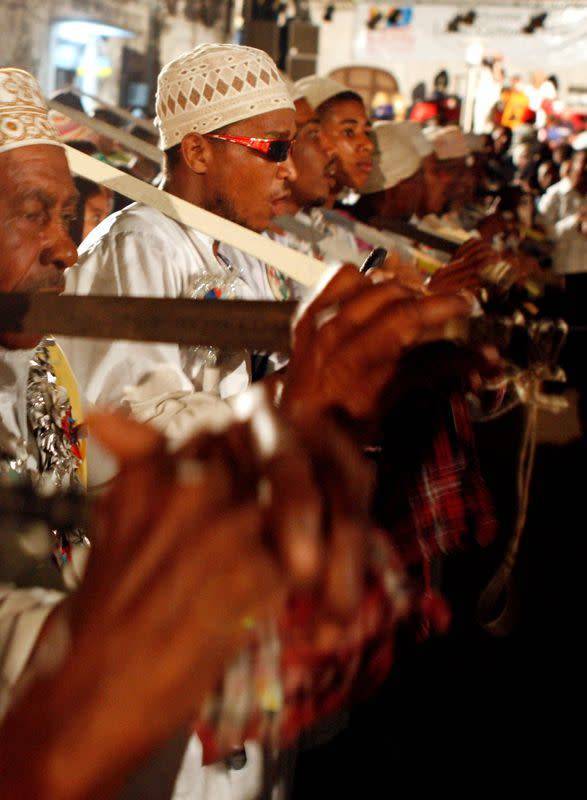A study of ancient DNA has revealed the complex origins of the Swahili people in East Africa and how a flourishing global civilization emerged during the Middle Ages, thanks to African women and men from Persia. Researchers announced today that they conducted a DNA study involving 80 individuals from five sites in Kenya and Tanzania, dating from approximately 1250 to 1800 AD. More than half of the genetic inputs in many of them traced back to female ancestors from the East African coast, while a significant contribution also came from Asia, with about 90% from Persian men (now Iran) and 10% from India.
The study demonstrated that after around 1500 AD, the majority of the Asian genetic contribution shifted to ancestors of Arab origin or Arab genetic sources. The East African coastal region extends approximately from the Somali capital, Mogadishu, in the north to the Tanzanian island of Kilwa in the south, also encompassing parts of Kenya, Malawi, Zanzibar, and the Comoros Islands.
In the Middle Ages, the Swahili people, known for city-states like Mombasa and Zanzibar, were engaged in exporting goods from Africa, including ivory, gold, ebony, sandalwood, and slaves to destinations across the Indian Ocean. They were also among the first to embrace Islam among the peoples of Sub-Saharan Africa.
**Global Nature of the Swahili People**
Esther Priel, a geneticist at Harvard University and the lead researcher in the study published in the journal Nature, stated, "The sexual bias in the African-Asian mixture raises questions about social interactions and gender roles. On one hand, you have Persian men mixing with African women, which may highlight social inequality." She added, "It is likely that African women enjoyed more independence in choosing their partners to build families. The situation could have involved strong family connections engaging in trade between Africa and Asia through economically beneficial marriages."
The researchers suggested that African women and their communities may have chosen to form families with Persian princes or traders, enhancing trade networks between African and Persian merchants. The study revealed that people of African and Asian descent began mixing in the region by 1000 AD. The genetic findings reflected the global nature of the Swahili people, whose language is of African origin, the predominant religion is Islam, and their cuisine shows Indian and Middle Eastern influences.
Swahili culture reached its peak between the 12th and 15th centuries and began to decline with the arrival of the Portuguese in the 16th century.




